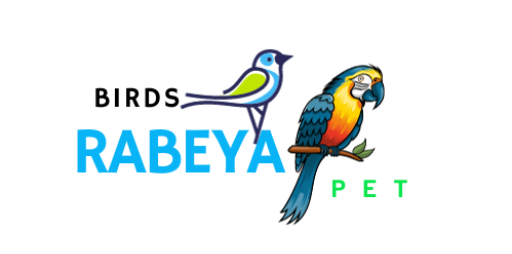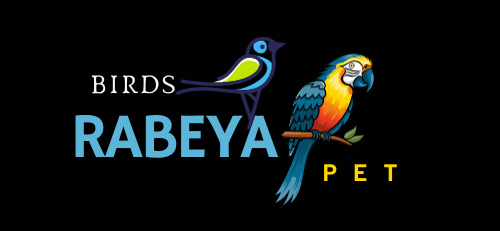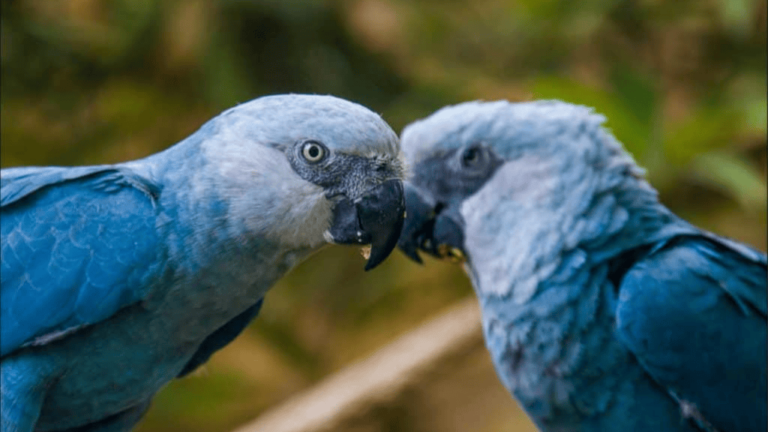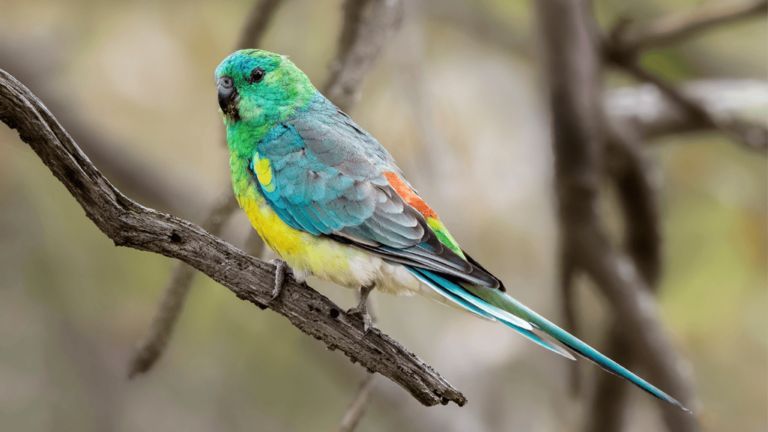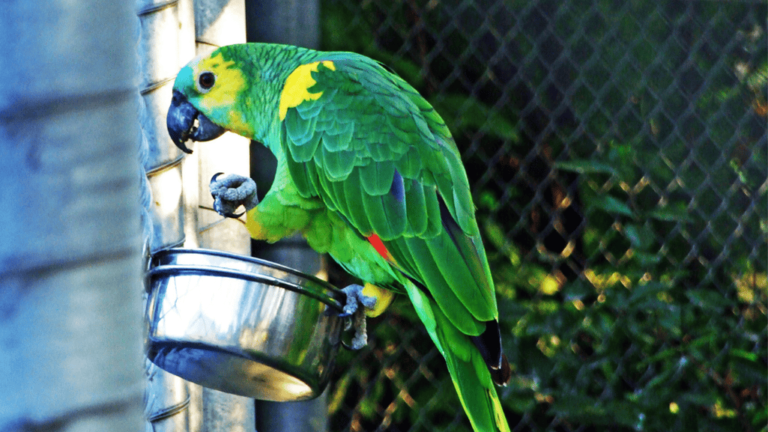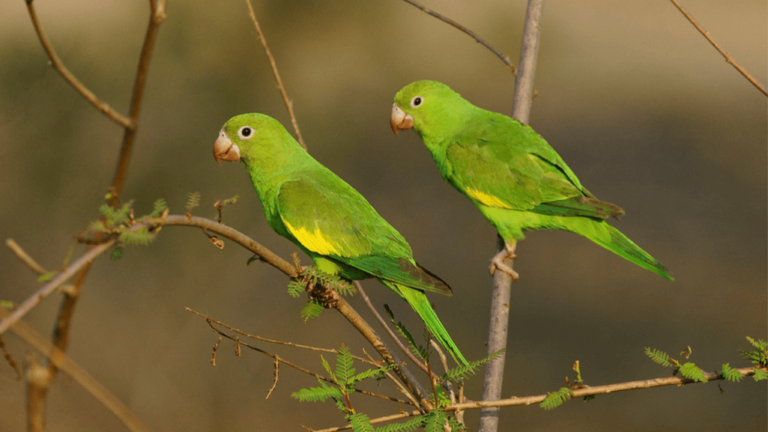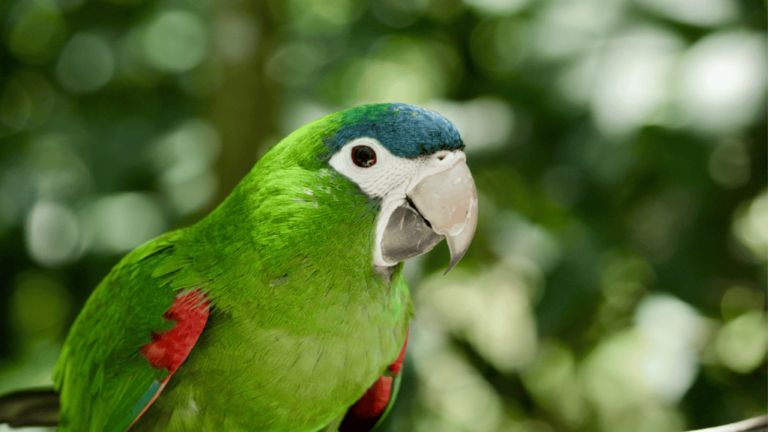How to Feed Your Parakeet: Species-Specific Diet Guidelines
Your parakeet (also called a budgerigar or budgie) is a small, active pet bird that thrives on a balanced, species-appropriate diet. This guide explains how to create feed mixes tailored for parakeets, what foods to include, and when to consult a veterinarian so you can provide the best care at home for your feathered friend.
Key Takeaways:
• Offer a species-appropriate diet — parakeets do best on mixes designed for small pet birds (provides consistent nutrients).
• Feed a balanced diet with a variety of seeds, pellets, fruits, and vegetables — variety supplies essential vitamins and minerals.
• Move slowly from seed to pellets — transitioning reduces selective eating and helps prevent diet-related deficiencies over time.
• Consult an avian veterinarian for life-stage guidance — chicks, breeding birds, and stressed birds may need tailored supplementation.
• Use human foods only as occasional treats and avoid toxic items like chocolate and avocado — many common foods are unsafe for birds.
Importance of Proper Nutrition for Parakeets
 Good nutrition is one of the most important aspects of parakeet care. A balanced parakeet diet supplies the calories, protein, vitamins, and minerals these small birds need to grow, maintain strong immunity, and stay active and alert at home.
Good nutrition is one of the most important aspects of parakeet care. A balanced parakeet diet supplies the calories, protein, vitamins, and minerals these small birds need to grow, maintain strong immunity, and stay active and alert at home.
Nutritional shortfalls or unbalanced food (for example, a diet made almost entirely of high-fat seed mixes) can cause problems such as obesity, poor feather condition, weakened immunity, and other diet-related issues. Rather than focus on a single mineral, think of possible mineral imbalances (calcium or iodine in some cases) that a veterinarian can help diagnose and correct.
Key nutrients and why they matter:
• Protein — for growth, muscle tone, and feather replacement.
• Calcium & vitamin D — for strong bones and healthy egg production in breeding birds.
• Vitamin A and E — support mucous membranes, vision, and immune function.
• Balanced minerals (including iodine in some circumstances) — prevent metabolic problems.
How poor nutrition can show up:
• Low energy or lethargy.
• Dull, brittle, or missing feathers; increased feather plucking.
• Frequent infections or slow recovery from illness.
Providing a varied diet that mixes high-quality pellets, a controlled amount of seeds, and regular portions of fresh fruits and vegetables gives most parakeets the nutrition they need. For specific concerns about your bird’s weight, feather quality, or overall health, contact an avian veterinarian for tailored advice.
The Impact of Poor Nutrition
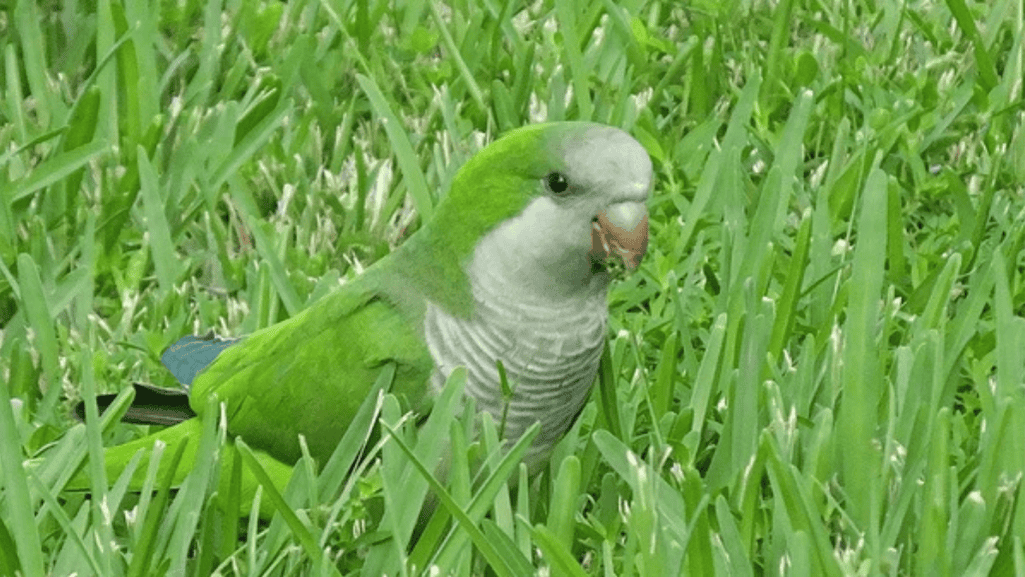 Poor nutrition causes real health problems in parakeets. Overfeeding high-fat seed mixes and frequent treats can lead to obesity, and overweight birds are at higher risk for conditions such as fatty liver disease and reduced cardiovascular fitness. Inadequate or unbalanced diets also weaken the immune system, making birds more likely to get infections and slower to recover.
Poor nutrition causes real health problems in parakeets. Overfeeding high-fat seed mixes and frequent treats can lead to obesity, and overweight birds are at higher risk for conditions such as fatty liver disease and reduced cardiovascular fitness. Inadequate or unbalanced diets also weaken the immune system, making birds more likely to get infections and slower to recover.
Signs to watch for
• Noticeable weight gain or loss; a change in keel prominence.
• Dull, brittle, or missing feathers and increased feather plucking.
• Low energy, reduced activity, or reluctance to fly.
• Changes in droppings or frequent illness.
If you see any of these signs, contact an avian veterinarian promptly for evaluation and a tailored nutrition plan.
The Benefits of a Balanced Diet
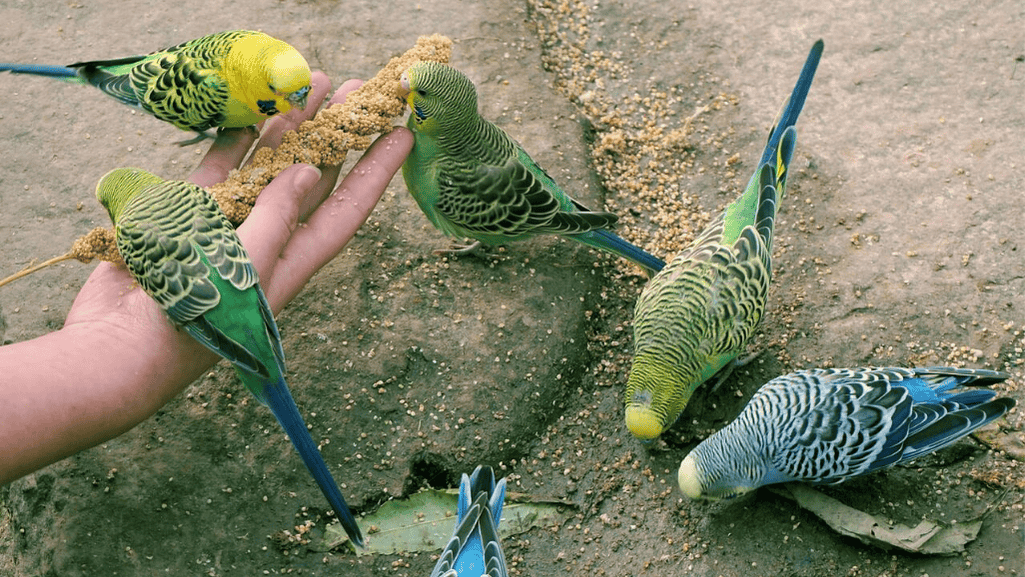 A balanced diet supports overall health and reduces many common problems:
A balanced diet supports overall health and reduces many common problems:
• Strong bones and feathers — adequate calcium, protein, and vitamin D help prevent fractures and poor feather quality.
• Better immune function — sufficient vitamins and minerals help birds resist infections.
• Improved feather condition and color — a varied diet supports glossy plumage and normal molts.
• Mental and physical stimulation — offering a variety of foods and foraging opportunities provides enrichment and reduces boredom-related behaviors.
Practical tip: Swap high-fat treats for healthy alternatives and add foraging toys to the cage to promote mental physical stimulation and lower the risk of feather plucking. When in doubt about a health issue or diet change, seek veterinary guidance — early intervention can prevent minor issues from becoming major problems.
Recommended Parakeet Feed Mixes
When planning a parakeet diet, aim for balance and variety. A mix of high-quality pellets, a controlled amount of seeds, and regular servings of fresh fruits and vegetables gives most parakeets the nutrients they need to stay healthy and active.
Use a commercial seed mix as an occasional base, but avoid relying on seeds alone — many seed mixes are high in fat and encourage selective eating (birds picking only favorite seeds). Supplement seed mixes with pellets and fresh produce to provide a consistent, balanced diet of vitamins, minerals, protein, and antioxidants.
Pelleted diets are formulated for small pet birds and help prevent selective feeding. Not all pellets are identical, so choose a reputable brand labeled for parakeets or small birds; follow package guidelines and discuss options with your vet if your bird has special needs.
Fresh fruits and vegetables are important each week. Offer small amounts (a small handful total per day for a single bird, adjusted to size and activity) of washed produce — examples include apple (no seeds), carrot, leafy greens, and berries. Avoid avocado, onion, and anything high in salt or sugar.
Sample daily feed mix for an average adult parakeet (adjust for size, activity, and vet advice):
Food Type Quantity
High-quality seed (sparingly) About 1–2 teaspoons or 1/4 cup as part of the daily ration
Pellets 1–2 tablespoons (main staple)
Fruits and vegetables A small handful of mixed fresh fruits/vegetables across the day
Practical tips:
• Rotate the fruits and vegetables offered to provide variety and enrichment.
• Limit high-fat seeds (sunflower, safflower) as treats rather than staples to avoid obesity.
• Keep clean, fresh water available at all times and change it daily.
• Replace perishable fresh food within a few hours to prevent spoilage in the cage.
If your parakeet is very active, breeding, young, or recovering from illness, their parakeet feed needs will differ — discuss specific calorie and protein needs with an avian vet. A practical step: photograph your current mix and bring it to your vet for personalized guidance on proportions and suitable brands.
Transitioning to a Pelleted Diet
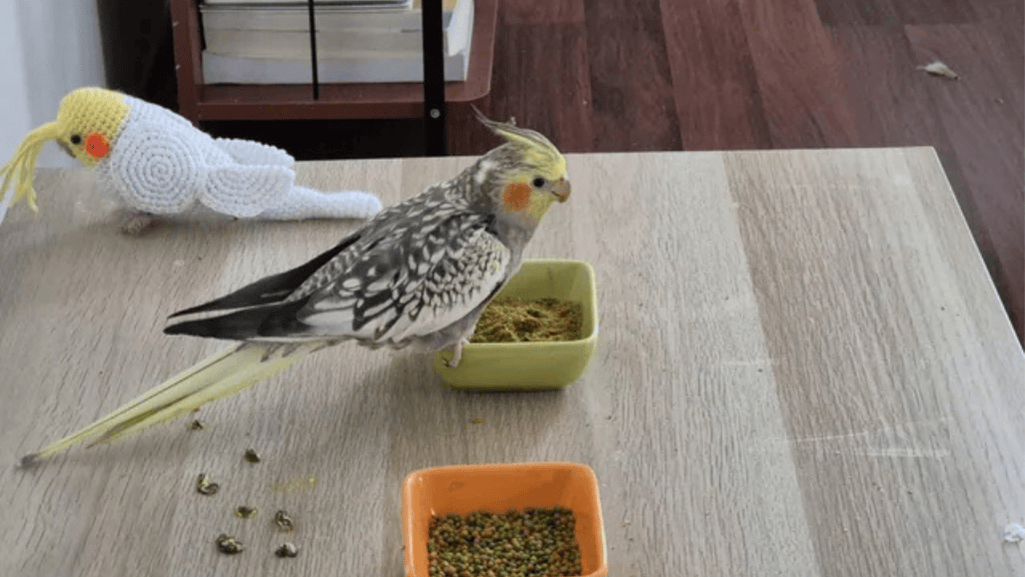 Transitioning parakeets from a largely seed-based diet to a pelleted diet improves nutritional consistency but often requires patience and planning. Follow a gradual approach, monitor your bird’s weight and behavior, and consult your avian vet if you have concerns.
Transitioning parakeets from a largely seed-based diet to a pelleted diet improves nutritional consistency but often requires patience and planning. Follow a gradual approach, monitor your bird’s weight and behavior, and consult your avian vet if you have concerns.
How to introduce pellets
• Gradual introduction — start by offering pellets in a separate dish alongside the usual seed mix so your parakeet can explore them without pressure.
• Crush-and-mix technique — lightly crush a few pellets and sprinkle them over soft or favorite foods to familiarize the bird with the taste and texture (supervise to prevent mess or waste).
• Slow increase — each week slightly increase pellets while decreasing seed. Keep fresh water available at all times and clean dishes daily during the transition.
Troubleshooting during the transition
• Refusal or reduced appetite — pause the increase for a week, try a different pellet brand, or mix pellets with small pieces of safe treats to boost acceptance.
• Weight loss or lethargy — stop the transition and contact your vet immediately; they may recommend alternate strategies or check for underlying illness.
• Messy eating or food waste — reduce portion sizes or offer pellets at specific times of day to limit spoilage.
Why pellets help
• Improved nutrition — pellets are formulated to deliver balanced vitamins and minerals so parakeets are less likely to develop nutrient gaps.
• Reduced selective eating — pellets limit the bird’s ability to pick only favorite, often high-fat seeds.
• Prevention of deficiencies — using pellets as a main staple helps avoid common diet-related problems when paired with fresh fruits and vegetables.
Example 9-week transition schedule (sample only — adapt to your bird):
Week 1: 80% seed / 20% pellets — observe eating and droppings
Week 2: 70% seed / 30% pellets — offer crushed pellets once per day
Week 3: 60% seed / 40% pellets — keep portions small and monitor weight
Week 4: 50% seed / 50% pellets — introduce more fresh produce across the day
Week 5: 40% seed / 60% pellets — reduce high-fat seed treats
Week 6: 30% seed / 70% pellets — watch for selective eating
Week 7: 20% seed / 80% pellets — encourage foraging with pellet-based toys
Week 8: 10% seed / 90% pellets — continue monitoring appetite and activity
Week 9: 100% pellets (if tolerated) — maintain variety with fruits/veggies and occasional healthy treats
Notes:
• This schedule is an example — every parakeet adapts at its own pace. Consult your vet before and during major diet changes.
• Use treats sparingly during transition to avoid undermining pellet acceptance.
• Keep track of the time you offer food and feed at consistent times to help your bird adjust.
Nutritional Needs Throughout a Parakeet’s Life
Parakeets’ dietary needs change as they grow and as circumstances (stress, breeding, illness) change. Tailor feed mixes and supplementation to each life stage and work with an avian vet for specific guidance.
Chicks and juveniles
• Higher protein and calorie needs for growth — use growth-formulated pellets or breeder mixes recommended for young budgies.
• Offer frequent, small portions and monitor weight gain; consult your vet if the chick appears underweight or isn’t thriving.
• Provide safe calcium sources (cuttlebone or calcium-fortified pellets) to support bone and beak development — discuss exact amounts with your veterinarian.
Stressed or recovering birds
• Stress can change appetite and nutrient needs; prioritize easily digestible, nutrient-dense foods like pellets plus small servings of soft fruits and cooked egg.
• Reduce handling, provide quiet time and enrichment (foraging toys) to support recovery and mental physical stimulation.
• If you notice feather plucking, weight loss, or behavioral changes, see a vet — they can recommend safe supplements and rule out medical causes.
Breeding birds and parents raising young
• Breeding and raising chicks raise calorie, protein, and calcium demands. Offer higher-protein foods, extra fresh greens, and reliable calcium sources.
• Ensure constant access to fresh water and nutrient-rich pellets formulated for breeders; monitor body condition so parents don’t become undernourished.
• Work with a vet on egg-laying support and calcium dosing — too little calcium risks egg-binding; too much can cause other imbalances.
When to see the vet
• Rapid weight loss or gain, persistent poor feather condition, reduced egg-laying, lethargy, or sudden behavioral changes.
• Any prolonged refusal to eat during a diet change or visible signs of illness.
Practical tips
• Use species-appropriate pellets as the foundation and add fresh fruits and vegetables for variety.
• Offer cuttlebone or mineral blocks for calcium; rotate foods to avoid boredom and provide enrichment and foraging opportunities.
• Photograph your bird’s current feed mix and bring it to your avian vet for tailored advice on proportions and supplements based on age, breeding status, or stress.
Offering Healthy Human Foods to Parakeets
Alongside pellets and controlled seeds, small amounts of carefully chosen human foods can be offered as occasional treats to add variety to your parakeet’s diet. Treats should be given sparingly and never replace the core balanced diet of pellets, fresh fruits, and vegetables.
Safe treats (small amount — think pea-sized portions once or twice a week for a single bird):
• Cooked lean poultry (chicken or turkey) — skin and bones removed, finely chopped.
• Cooked, boneless fish (e.g., salmon or tilapia) — fully cooked and offered infrequently due to potential contaminants; very small pieces only.
• Hard‑boiled egg — a tiny amount of yolk or white provides extra protein during molting or recovery.
• Small pieces of unseasoned, low‑fat cheese (cheddar, mozzarella) — only occasionally and in very small amounts.
• Fresh fruits and berries — apple (no seeds), banana, blueberries, and small pieces of pear or melon are great choices; always offer fresh fruits rather than sugary processed varieties.
Foods and substances to avoid
• Chocolate, caffeine, and alcohol — toxic to birds.
• Avocado — can be life-threatening for many bird species.
• Salty, sugary, or highly processed junk foods — avoid entirely.
• Raw beans or uncooked potato and onion — these can be harmful.
How to introduce new foods
• Start tiny — offer a pea-sized portion and watch your parakeet for 24–48 hours for any adverse reaction.
• Prepare plain — no salt, spices, or sauces; avoid added oil or butter.
• Monitor droppings and behavior — changes in droppings, vomiting, lethargy, or loss of appetite warrant a vet call.
Practical notes
• Treats should make up a very small fraction of daily calories; the bulk of nutrition should come from species-appropriate pellets, with fresh fruits and vegetables for variety.
• If you’re unsure about a specific food, check with your avian veterinarian before offering it — they can advise on safe portions and frequency based on your bird’s size and health.
Conclusion
Start with a species-appropriate parakeet diet based on high-quality pellets, supplement with a controlled amount of seeds, and offer fresh fruits and vegetables for variety and enrichment. This balanced approach gives most parakeets the nutrients they need to stay healthy at home.
Practical action steps
• Make pellets the core of the diet — they reduce selective eating and supply consistent vitamins and minerals.
• Limit seeds (millet, canary grass seed, sunflower) — use high-fat seeds like sunflower as occasional treats rather than the main food to avoid obesity and fatty liver risk.
• Offer fresh fruits and vegetables (apples without seeds, carrots, leafy greens, berries) daily in small amounts to add fiber, vitamins, and mental stimulation.
• Keep fresh water available at all times and change it daily; clean food and water dishes each day to prevent contamination.
Troubleshooting — when to act
• Feather issues or feather plucking: increase enrichment (toys, foraging opportunities) and review diet; if persistent, see a vet.
• Rapid weight loss or gain, reduced activity, or changes in droppings: contact an avian veterinarian promptly.
• Refusal during a diet change: slow the transition, try a different pellet brand, and consult your vet if refusal continues.
Quick FAQ (short, actionable answers)
Why is a balanced diet important for parakeets?
A balanced diet supplies the protein, vitamins, calcium, and other nutrients needed for healthy feathers, bones, immune function, and normal behavior.
What are the consequences of poor nutrition?
Poor nutrition can cause obesity, fatty liver and other metabolic issues, dull feathers, weakened immunity, and behavioral problems.
What should I include in a parakeet’s diet?
Use species-appropriate pellets as the staple, add a controlled portion of seeds, and include fresh fruits and vegetables for variety and nutrients.
How do I transition to pellets?
Introduce pellets gradually using a multi-week schedule, offer pellets in a separate dish, try crushing pellets over favorite foods, and monitor weight and behavior daily.
Do parakeets have different needs at different life stages?
Yes — chicks, breeding birds, stressed or recovering birds, and parents raising young often need adjusted calories, extra protein, and more calcium; work with a vet for specifics.
Can parakeets eat human food?
Yes, in very small amounts — lean cooked meat, small pieces of cooked fish, egg, low-fat cheese, and fresh fruits are acceptable occasionally; avoid chocolate, avocado, caffeine, alcohol, and salty or processed junk foods.
Next steps
Take a photo of your parakeet’s current feed mix and discuss it with an avian veterinarian or experienced bird care professional. Consider creating a weekly feeding checklist (pellets, seeds portion, fresh fruits/vegetables, water change, enrichment/toys) to track care and keep your parakeet healthy and engaged day to day.
